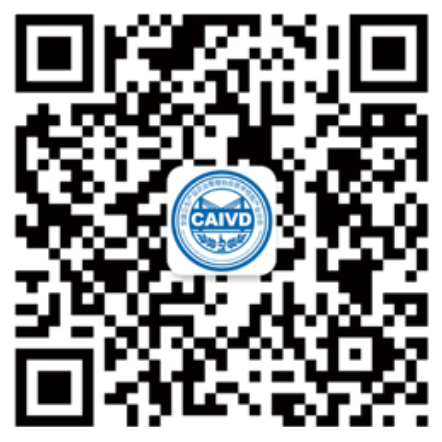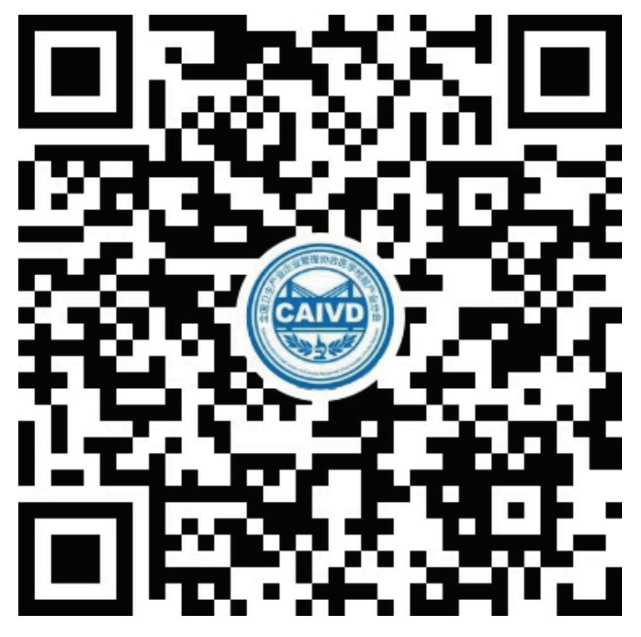
Proteomics Labs Exploring COVID-19 Therapeutic Options, Dx Development
2020/3/26 15:30:43 Views£º1140
NEW YORK ¨C While many in the US and Europe have only recently come to understand the scope and severity of the SARS-CoV-2 pandemic, a handful of proteomics labs have been studying the virus since the beginning of the year.
These studies have yielded potential drug targets, some of which are now being tested, as well as information that could potentially aid the development of more rapid diagnostics for the virus.
One of the most prominent efforts is a project led by Nevan Krogan, a professor of cellular molecular pharmacology at the University of California, San Francisco's Quantitative Biosciences Institute and the Gladstone Institute of Data Science and Biosciences. That work, detailed in a preprint posted on BioRxiv this week, used affinity purification mass spectrometry to identify human proteins interacting with proteins produced by SARS-CoV-2, some of which could potentially be targeted with drugs to fight the disease.
In the study, Krogan and his collaborators identified 332 high-confidence interactions between human and SARS-CoV-2 proteins. Among the interacting proteins were 66 potentially druggable human proteins or host factors. Currently, there are 69 agents that are either approved by the US Food and Drug Administration, in clinical trials, or that are preclinical compounds that could be used to target those 66 proteins.
Krogan said the researchers are now working with collaborators at Mount Sinai Hospital in New York and the Institut Pasteur in Paris to test whether any of these compounds might be effective in fighting the virus.
His lab began paying close attention to SARS-CoV-2 in January and by February had decided to drop all of its other projects and focus exclusively on the virus. Since then, the lab and a team of collaborators around the world, supported by a fundraising effort led by venture capitalist Ron Conway, managed to cram into "a couple of week what normally takes a couple of years," he said.
The researchers used an experimental setup and techniques that Krogan's lab had honed over the course of the last decade and which it has used to look at host-pathogen protein interactions in diseases including HIV, Ebola, West Nile virus, Dengue fever, and tuberculosis.
The researchers generated protein expression plasmids for 26 of the 29 proteins that are predicted to be produced by SARS-CoV-2, based on its genome, and transfected these plasmids into human HEK293T cells. After the proteins were expressed, they lysed the cells and pulled out the viral proteins via affinity purification, following by mass spectrometry to identify human proteins bound to the viral proteins.
They also looked to see whether the interacting human proteins were more highly expressed in lung tissue, which is the primary site of SARS-CoV-2. Comparing expression levels across 29 human tissues, they found that the proteins they identified as interactors were more highly expressed in lung relative to other tissues, suggesting, they wrote, that the virus "preferentially hijacks proteins available in lung tissue."
This, they noted, could allow for more specific targeting of treatment, lessening systemic side effects.
Krogan said he hoped to do similar experiments in several other coronaviruses and compare their interactomes, as well as to repeat the experiment in different types of human cells. He noted, though, that given the pandemic-related shutdowns, his lab is operating at reduced capacity, which has limited the amount of experimental work he and his team are able to undertake.
Krogan acknowledged that the experimental system his team used might not capture some of the connections that would be seen in the context of an actual SARS-CoV-2 infection. But, he said, "I would argue that it's a pretty good system that we have demonstrated over and over again over the last 10 years."
In Germany, researchers at Goethe University Frankfurt and University Hospital Frankfurt are also using proteomics to identify potential drugs for battling SARS-CoV-2. In a study currently under review at a peer-reviewed journal, the scientists used an isobaric labeling-based technique to look at the changes in protein translation and abundance following infection with the virus, which could help guide the search for therapies.
Traditionally, researchers have used pulsed SILAC labeling to measure changes in protein translation that occur in response to stresses, said Christian M¨¹nch, a researcher at Goethe University and senior author on the study.
"The problem is, if you want to look at changes in translation after a stress or treatment of some kind, you want to look at it within just a few hours," he said. "And only a very, very small fraction of every protein is actually synthesized within a few hours."
This means that a highly sensitive detection method is required. To achieve this, M¨¹nch and his colleagues developed an approach based on the TMT Calibrator method originally developed by Proteome Sciences, inventor of the TMT isobaric labeling reagents. In that method, TMT-labeled peptides from the sample of interest are mixed with TMT-labeled peptides from another sample source where the target proteins are produced in higher abundance. By including the second supplementary sample source at a higher concentration than the sample of interest, researchers are able to ensure that even analytes present in low abundance in the sample of interest are present at high abundance in the overall sample, making them more likely to be fragmented and detected by the mass spec.
Since Proteome Sciences first detailed the approach, it has been adapted by a number of other researchers for applications including single-cell proteomics and phosphoproteomic analysis. The Goethe University researchers used a version of it to detect changes in protein translation in human colon epithelial carcinoma cells (Caco¨C2) infected with virus isolated from travelers returning to Germany from Wuhan, China.
M¨¹nch said he and his colleagues were able to get quick access to virus samples due to their proximity to Frankfurt Airport, where many of the German citizens evacuated from China arrived.
"The patients who tested positive [for COVID-19] came here [to University Hospital Frankfurt], so we had access to the virus much earlier than a lot of people did," he said.
Among the researchers' observations was that the cells' antiviral response was limited. They also found that proteins in the spliceosome, carbon metabolism, and nucleotide biosynthesis pathways were substantially increased. Inhibitors of these pathways prevented viral replication in their model, suggesting that drugs targeting those pathways could be worth exploring as treatments.
Meanwhile, single-cell proteomics firm IsoPlexis is collaborating with researchers at the Institute for Systems Biology in Seattle to look at the immune response in patients who have been diagnosed or recovered from COVID-19, with the goal of better understanding what factors are involved in better and worse outcomes.
The company's IsoLight platform is capable of measuring dozens of proteins in single cells and has found a niche within cancer immunotherapy where researchers are using it to look at immune cell cytokine production. The company plans to similarly analyze the cytokine production profiles of immune cells taken from COVID-19 patients, said Sean MacKay, the company's co-founder and CEO.
"The collaboration is about applying our functional phenotyping technology to uncover these immune responses in a variety of patient samples ¡ to, one, uncover the sources of immune response to the virus and, two, also help develop a better understanding therapeutically of what is going to work against the [virus]," he said.
IsoPlexis also plans to work with the ISB to make bulk measurements of cytokines secreted by patient immune cells, with the goal of better understanding which people may be more susceptible to the "cytokine storm" phenomenon where an overactive immune response causes severe illness or death in certain patients.
"It has now been shown in multiple published datasets that the cytokine storm is a major challenge for patients that don't do well with COVID-19," MacKay said.
On the diagnostics side, researchers at the University of Virginia School of Medicine and Hood College are investigating whether proteomics could help with the development of new tests for COVID-19. Using the deep learning software tool Prosit, developed by researchers at the Technical University of Munich, the scientists have generated spectral libraries to the SARS-CoV-2 proteome, which could allow labs to develop targeted mass spec assays to identify virus proteins.
The team has identified around 100 SARS-CoV-2 peptides that could be targeted using mass spec and is in the process of eliminating those that might be expressed by other viruses to arrive at a set of peptides that could be diagnostic for SARS-CoV-2, said Ben Orsburn, a UVA researcher and leader of the effort.
Orsburn said that previous work in the coronavirus that caused the SARS outbreak demonstrated that the virus' nucleocapsid protein is abundant enough to be detected in the stool and biofluids of infected individuals. Recent work in China indicates that this is also the case for SARS-CoV-2.
He said this suggests the feasibility of developing a mass spec-based diagnostic measuring SARS-CoV-2 proteins.
While the spectral libraries the researchers developed are intended for use on LC-MS instruments, which are not widely used in clinical microbiology, Orsburn said it might be possible to develop an assay for use on a MALDI platform like Bruker's MALDI Biotyper, which is commonly used in clinical microbiology labs around the world and already has many of the required regulatory approvals. Bruker did not immediately respond to requests for comment regarding whether this was something the company was exploring.

- CAIVD WeChat
Subscription Account

- CAIVD WeChat
Channels
China Association of In-vitro Diagnostics
Part of the information in our website is from the internet.
If by any chance it violates your rights, please contact us.

